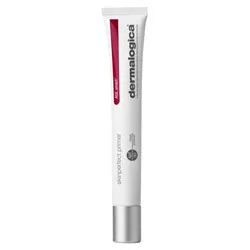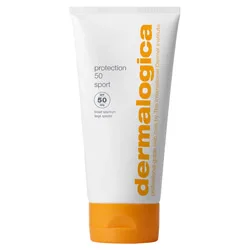2025 (3) 2024 (20)
Ingredient: Zinc Oxide
It has many uses besides as a sunscreen in medicine (both internal and topical) as well as in rubber manufacturing, paints, ceramic glaze and as a food additive. When combined with the mineral hemimorphite, it is calamine. The fine particles in the oxide are both deodorizing and antibacterial. They are, however, not soluble in water, they must be mixed with an oil to work effectively.
Zinc Oxide applied to the skin remains on the skin's surface, protecting the skin from UV exposure and environmental irritants which is why it is found in so many creams and ointments. As well, it works in products that soothe or prevent itching and infections. The coating properties of zinc oxide block the bacteria by reducing the skin's permeability.
In cosmetics, zinc oxide helps keep the skin hydrated and slow the appearance of fine lines. It also helps keep the skin's oil production in balance and enhances collagen synthesis.
You can even find zinc oxide in a rainbow of colors. Manufacturers created these to make them more fun to use and wear. Because zinc oxide doesn't mix with water, it lasts much longer as a sunscreen. Colors also make it more fun for children who sometimes balk at applying sunscreen but love getting their face "painted".

 write a review
write a review

